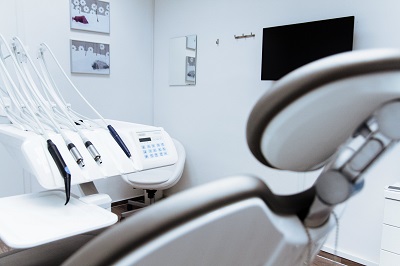The process for obtaining EU CE certification for Class C medical devices involves several detailed steps. Here’s a comprehensive overview:
1. Understand Classification
- Confirm that your device is classified as Class C according to the EU MDR (Medical Device Regulation) 2017/745. Class C devices are high-risk and require extensive evaluation.
2. Develop Technical Documentation
- Device Description: Provide detailed descriptions of the device, including its intended use and operating principles.
- Design and Manufacturing Information: Include information on the design, manufacturing process, and quality control measures.
- Risk Management: Document the risk analysis and mitigation strategies.
- Labeling and Instructions for Use: Ensure that labeling and user instructions comply with regulatory requirements.
- Clinical Evaluation: Present data from clinical trials or literature demonstrating the safety and performance of the device.
3. Conduct Clinical Evaluation
- Perform clinical trials if necessary to gather evidence on safety and effectiveness. The clinical evaluation must be based on scientific literature or clinical experience.
4. Choose a Notified Body
- Select a Notified Body that is designated for Class C devices. The Notified Body will be responsible for assessing your documentation and evaluating compliance with the EU MDR.
5. Prepare and Submit Application
- Submit your application, including all technical documentation and clinical evaluation reports, to the chosen Notified Body.
6. Notified Body Evaluation
- The Notified Body will review your submission. They may request additional information or changes. This process includes:
- Document Review: Checking the completeness and accuracy of the technical file.
- On-Site Audit: Inspecting the manufacturing facilities and quality management systems.
7. Address Findings
- Address any issues or non-compliances identified by the Notified Body. You may need to revise your documentation or make improvements to your device or processes.
8. Receive CE Certificate
- Once the Notified Body is satisfied with your submission, they will issue a CE certificate. This certificate allows you to legally market your device in the EU.
9. Post-Market Surveillance
- Implement a post-market surveillance system to monitor the device's performance and address any issues that arise after it is on the market.
10. Maintain Compliance
- Continuously comply with EU regulations, including updates to the MDR, and ensure ongoing conformity through regular reviews and audits.

Contact Us:
Whatsapp or Wechat:+86 15816864648;email address:hito.lin@grzan.cn
.png)
.jpg)

.png)

.png)